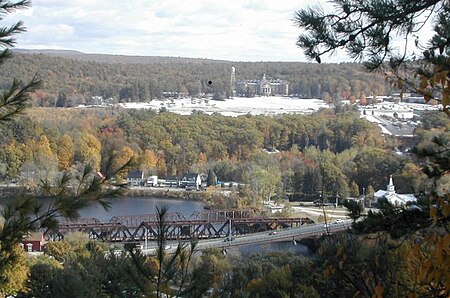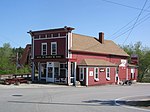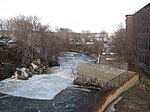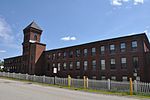Hooksett, New Hampshire
1822 establishments in New HampshireHooksett, New HampshireNew Hampshire populated places on the Merrimack RiverPopulated places established in 1822Towns in Merrimack County, New Hampshire ... and 1 more
Towns in New Hampshire

Hooksett is a town in Merrimack County, New Hampshire, United States. The population was 14,871 at the 2020 census, up from 13,451 at the 2010 census. The town is located between Manchester, the state's largest city, and Concord, the state capital. A prominent landmark is Robie's Country Store, a National Historic Landmark and a frequent stop for presidential candidates during the New Hampshire primary.The central village in town, where 5,283 people resided at the 2020 census, is defined as the Hooksett census-designated place and is located at a bridge crossing of the Merrimack River. The town also contains the census-designated place of South Hooksett.
Excerpt from the Wikipedia article Hooksett, New Hampshire (License: CC BY-SA 3.0, Authors, Images).Hooksett, New Hampshire
Main Street,
Geographical coordinates (GPS) Address Nearby Places Show on map
Geographical coordinates (GPS)
| Latitude | Longitude |
|---|---|
| N 43.096666666667 ° | E -71.465 ° |
Address
Main Street
Main Street
03106
New Hampshire, United States
Open on Google Maps









